Keep reading to know...
Let’s face it—fungal infections are the worst kind of party crashers. One minute you’re fresh out of the shower, the next you’re looking up “home remedies for fungal infections” because your underarms or feet suddenly feel like they’re throwing a tantrum. Fungal infections on the skin are surprisingly common, especially during humid seasons or post-sweat sessions, but thankfully, they’re also manageable with a bit of natural TLC.
In this guide, we’re covering everything from what causes fungal infections to how to cure fungal infection on skin naturally at home, using everyday kitchen ingredients. Whether you’re dealing with an athlete's foot, underboob irritation, or itchy underarms, these tips and remedies are here to rescue your skin—naturally.
What Is A Fungal Infection?
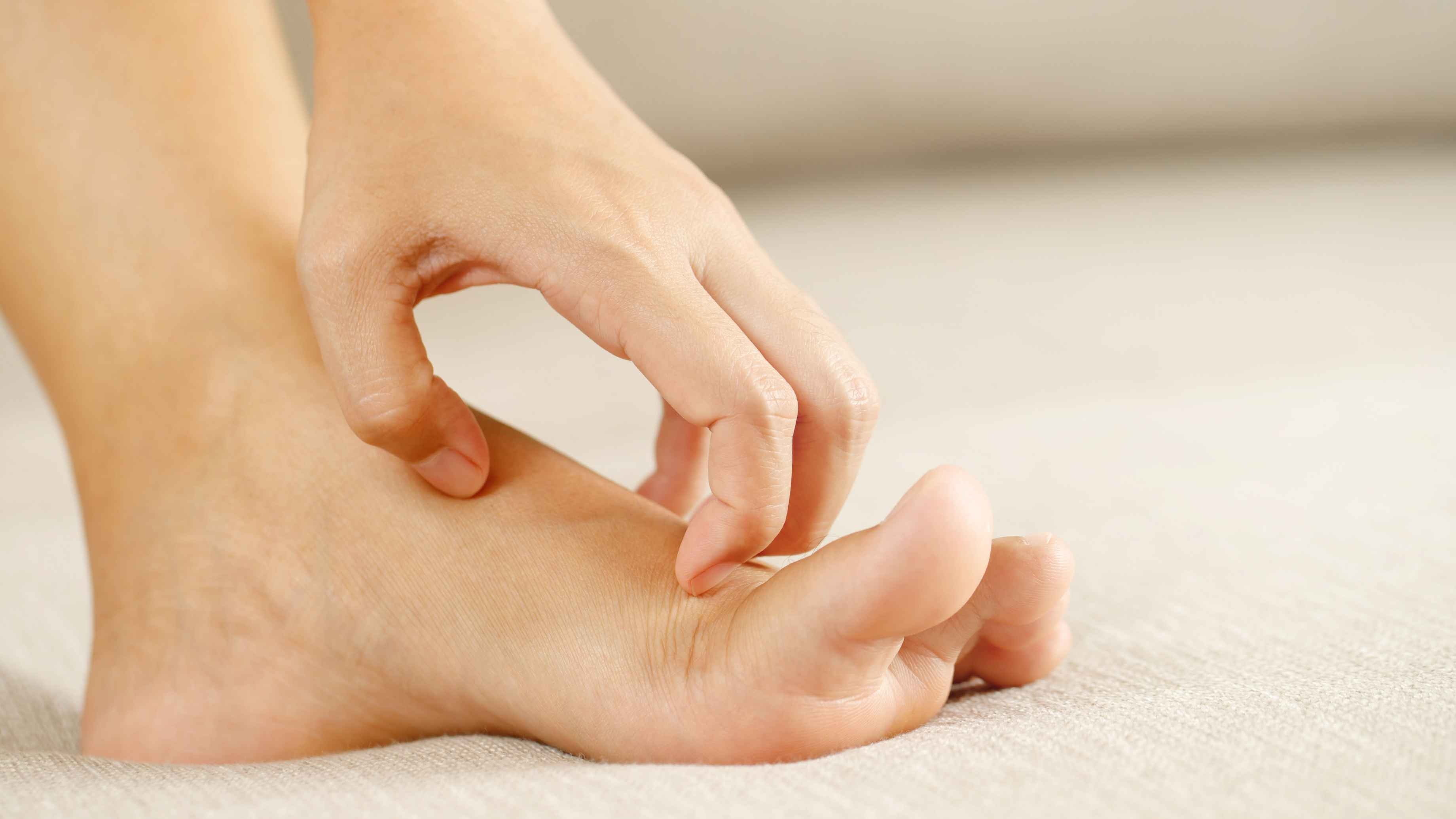
Before we dive into remedies, let’s decode what’s happening under your skin. A fungal infection occurs when harmful fungi—usually of the yeast or mould variety—start to overgrow in warm, moist areas of the body. While they sound scary, they’re not uncommon and can appear anywhere from your toes to your torso.
What Are the Causes of Fungal Infection on Skin?
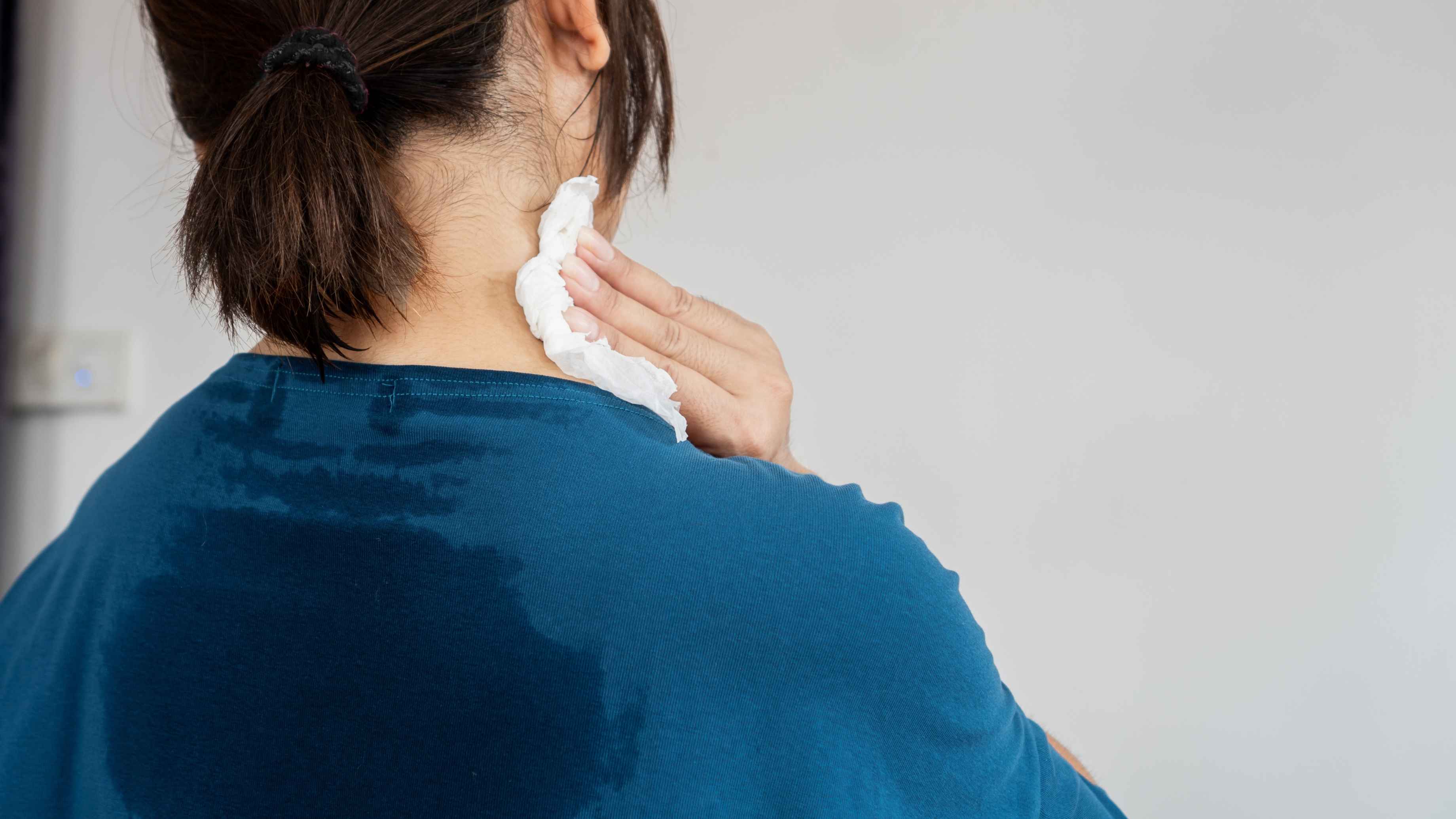
Understanding the causes of fungal infection can help prevent them from recurring. Here's what typically leads to one:
- Humidity and sweating: Perfect breeding ground for fungi.
- Tight or non-breathable clothing: Traps moisture and irritates skin.
- Poor hygiene habits: Not washing often or thoroughly enough.
- Weakened immunity: A stressed-out immune system means your body can’t fight off overgrowths as easily.
- Wearing damp clothes or shoes: Especially post gym or beach day.
Home Remedies For Fungal Infection On Skin
Ready to ditch the itch? These natural home remedies for fungal infection are skin-safe, budget-friendly, and often already in your kitchen.
1. Tea Tree Oil
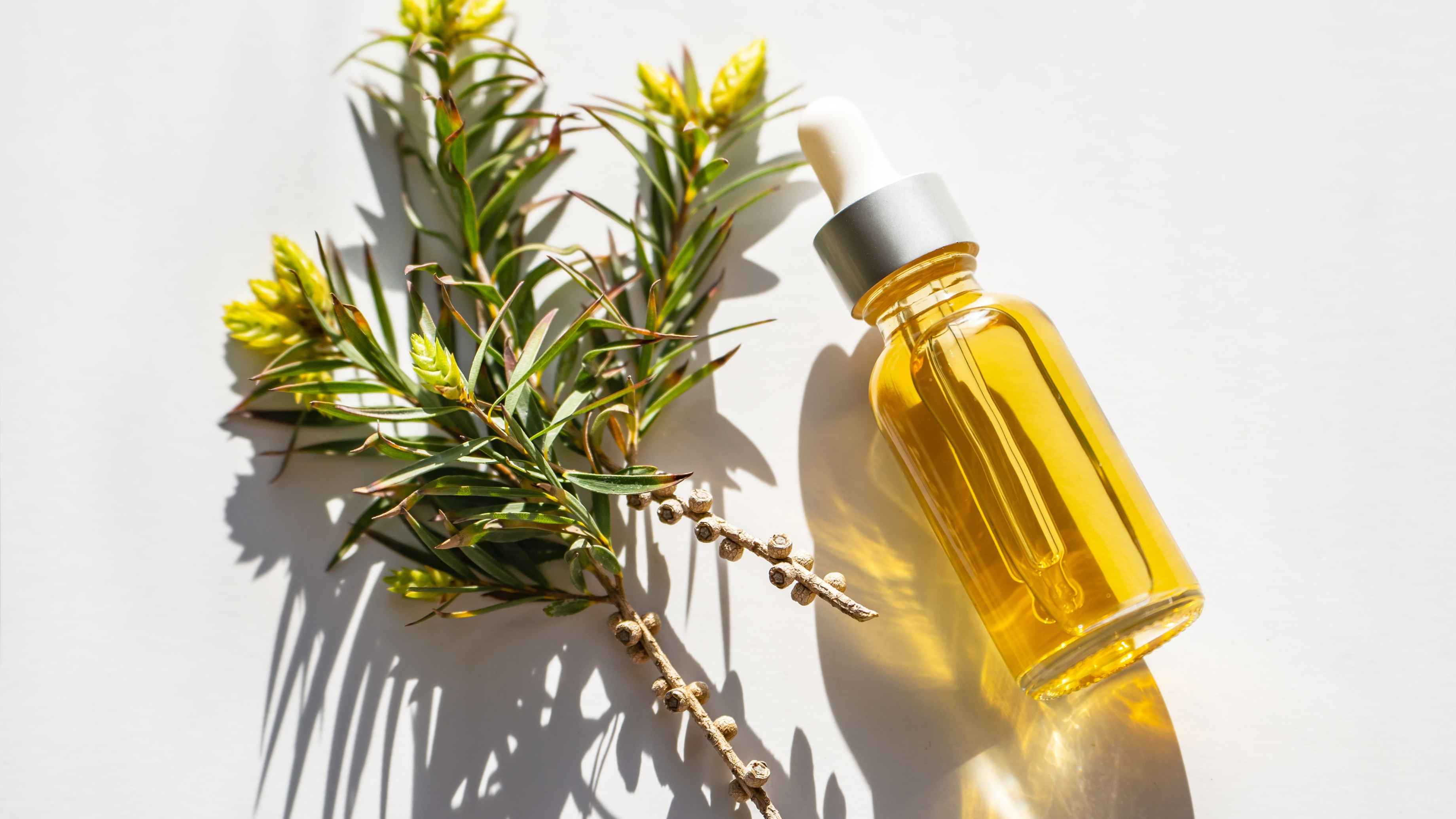
This essential oil is anti-fungal, anti-inflammatory and basically a go-to for any skin SOS.
How to Use:
- Mix 2–3 drops with a tablespoon of coconut oil.
- Apply to the affected area with a cotton pad twice daily.
- You’ll usually see relief in 3–5 days, with continued use for full healing.
2. Apple Cider Vinegar

Its natural acidity can kill fungus and balance your skin’s pH levels.
How to Use:
- Dilute one part vinegar with one part water.
- Dab gently using a cotton ball.
- Use 1–2 times a day for about a week.
3. Turmeric Paste
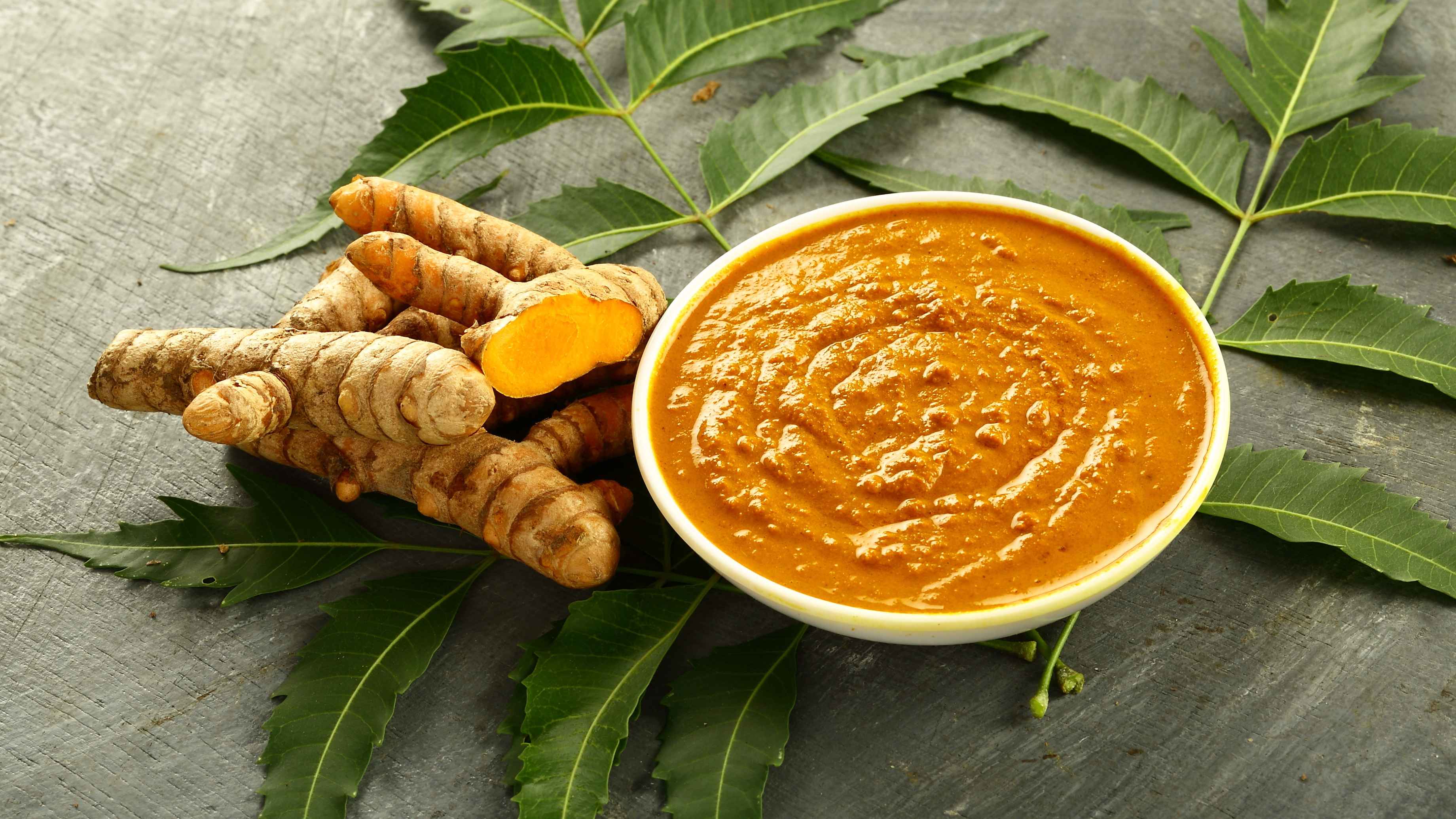
This golden spice is anti-fungal and anti-inflammatory—and a skincare legend in Indian households.
How to Use:
- Mix turmeric powder with a bit of water or coconut oil.
- Apply as a mask and leave on for 15–20 minutes.
- Rinse and repeat daily for visible results within a week.
4. Neem Leaves
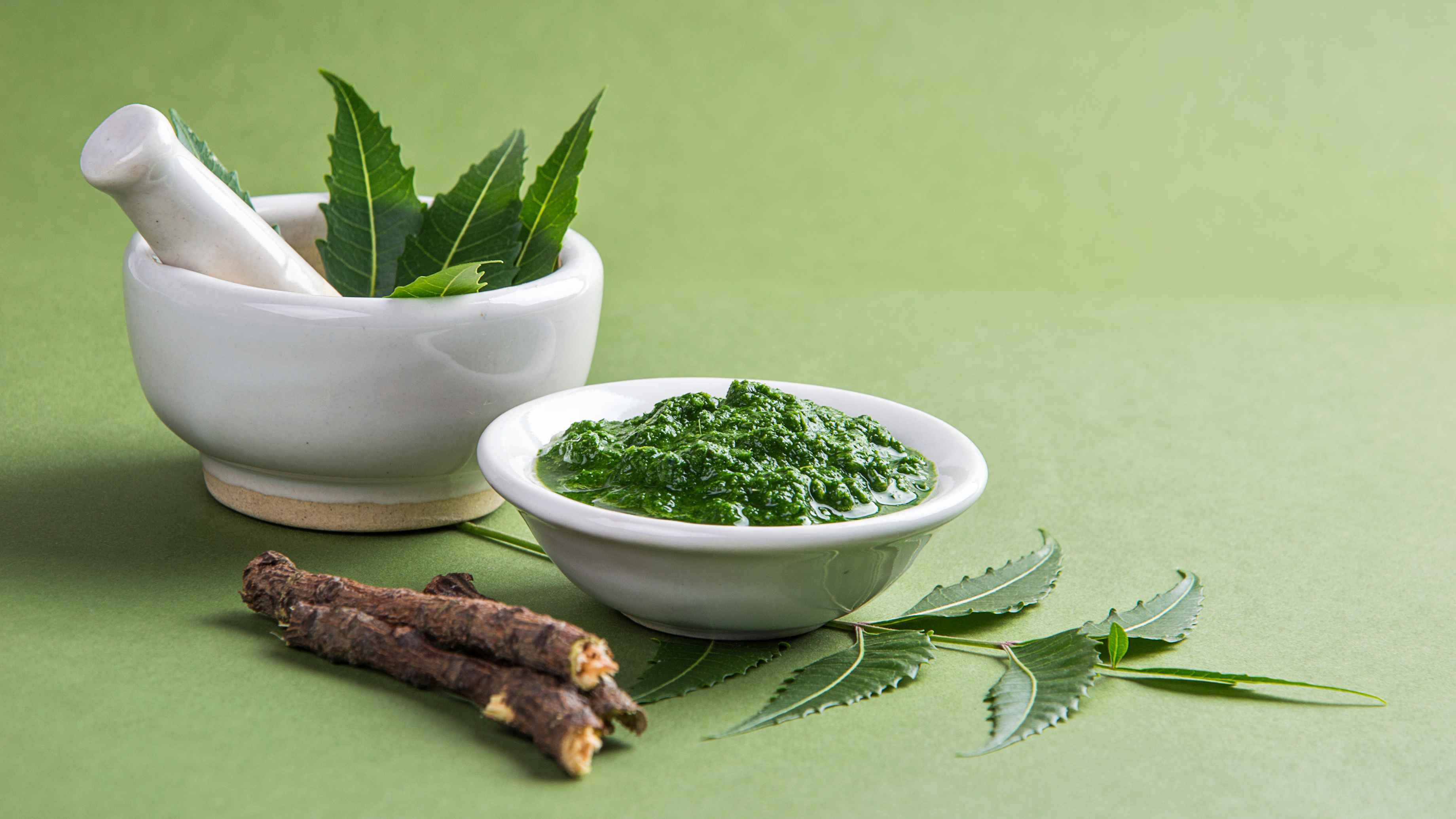
Neem’s antifungal powers make it a superstar remedy.
How to Use:
- Boil neem leaves in water, strain, and let it cool.
- Use it as a rinse or soak a cotton cloth and apply as a compress.
- Repeat twice a day.
5. Aloe Vera Gel

Soothing, cooling, and healing—aloe vera is ideal for irritated, itchy skin.
How to Use:
- Apply fresh aloe gel directly from the plant.
- Leave it on overnight or at least 30 minutes.
- Use daily for best results.
6. Coconut Oil
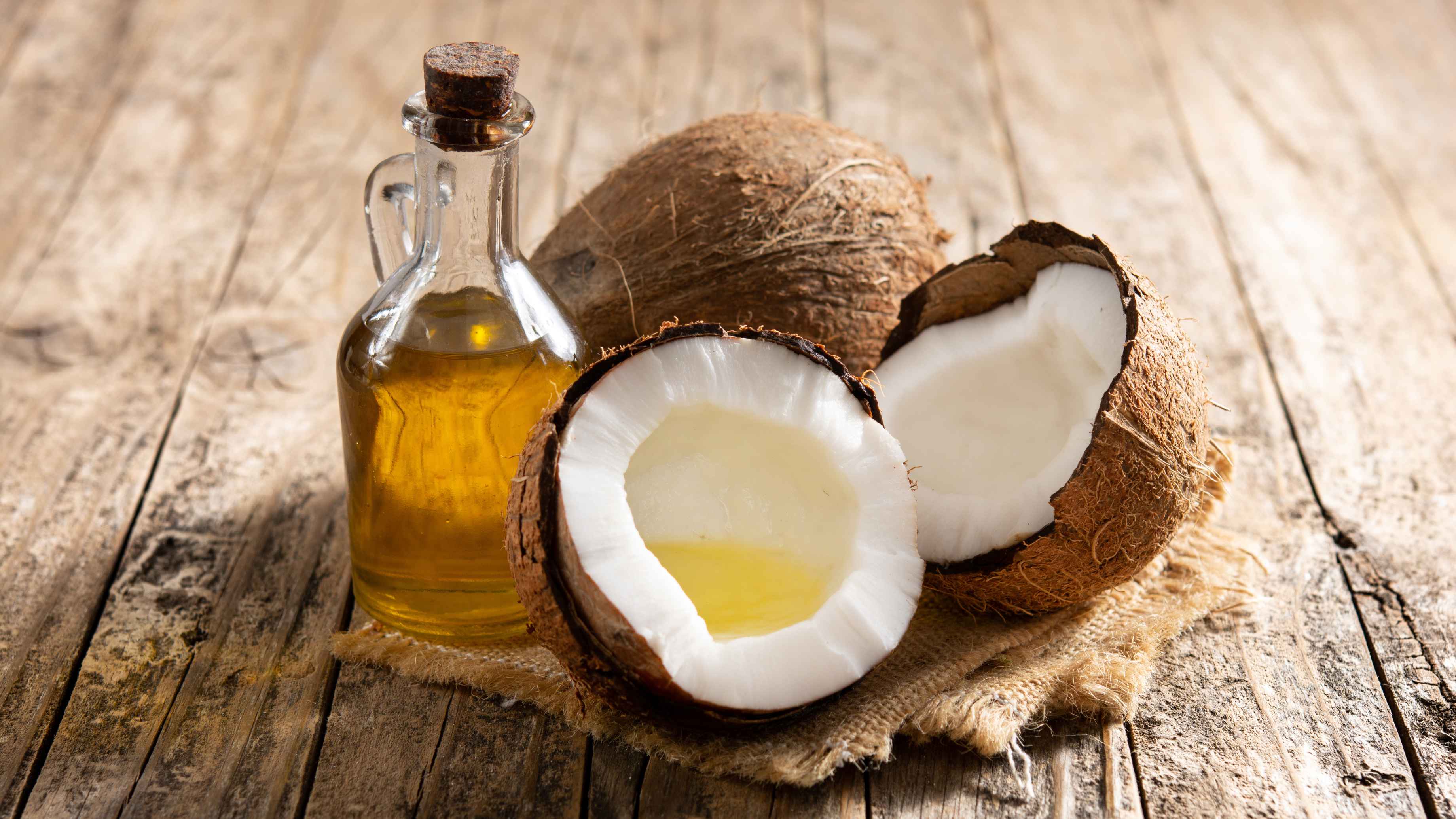
Not just great for hair masks! It creates a protective barrier on the skin while calming inflammation.
How to Use:
- Apply generously over clean, dry skin.
- Massage until absorbed.
- Massage until absorbed.
7. Plain Yogurt
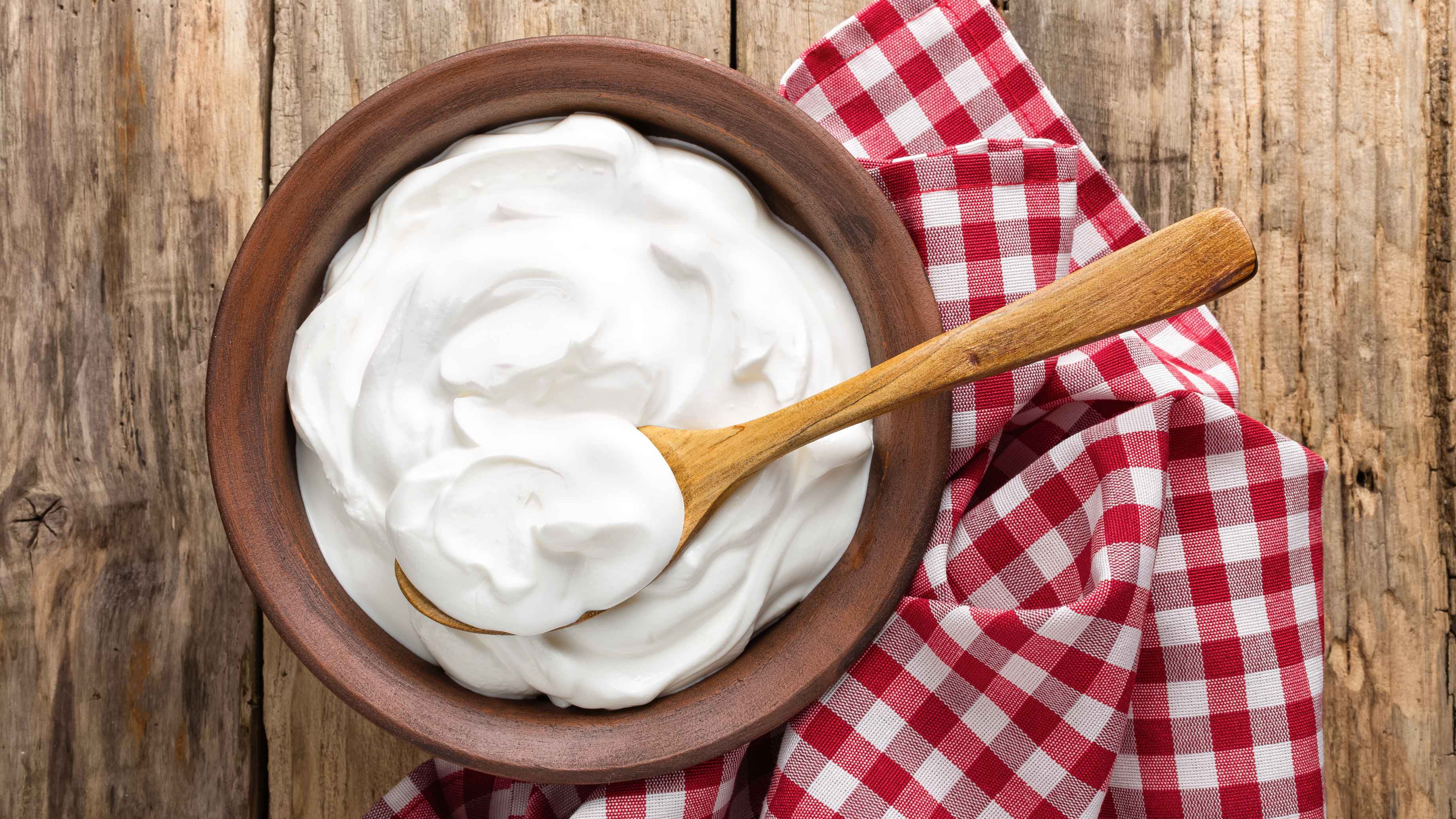
Full of good bacteria (probiotics), yogurt helps restore your skin’s healthy microbiome.
How to Use:
- Apply a thin layer of unsweetened yogurt.
- Leave for 15–20 minutes and rinse with lukewarm water.
- Use once daily until the infection clears.
Area-Specific Tips
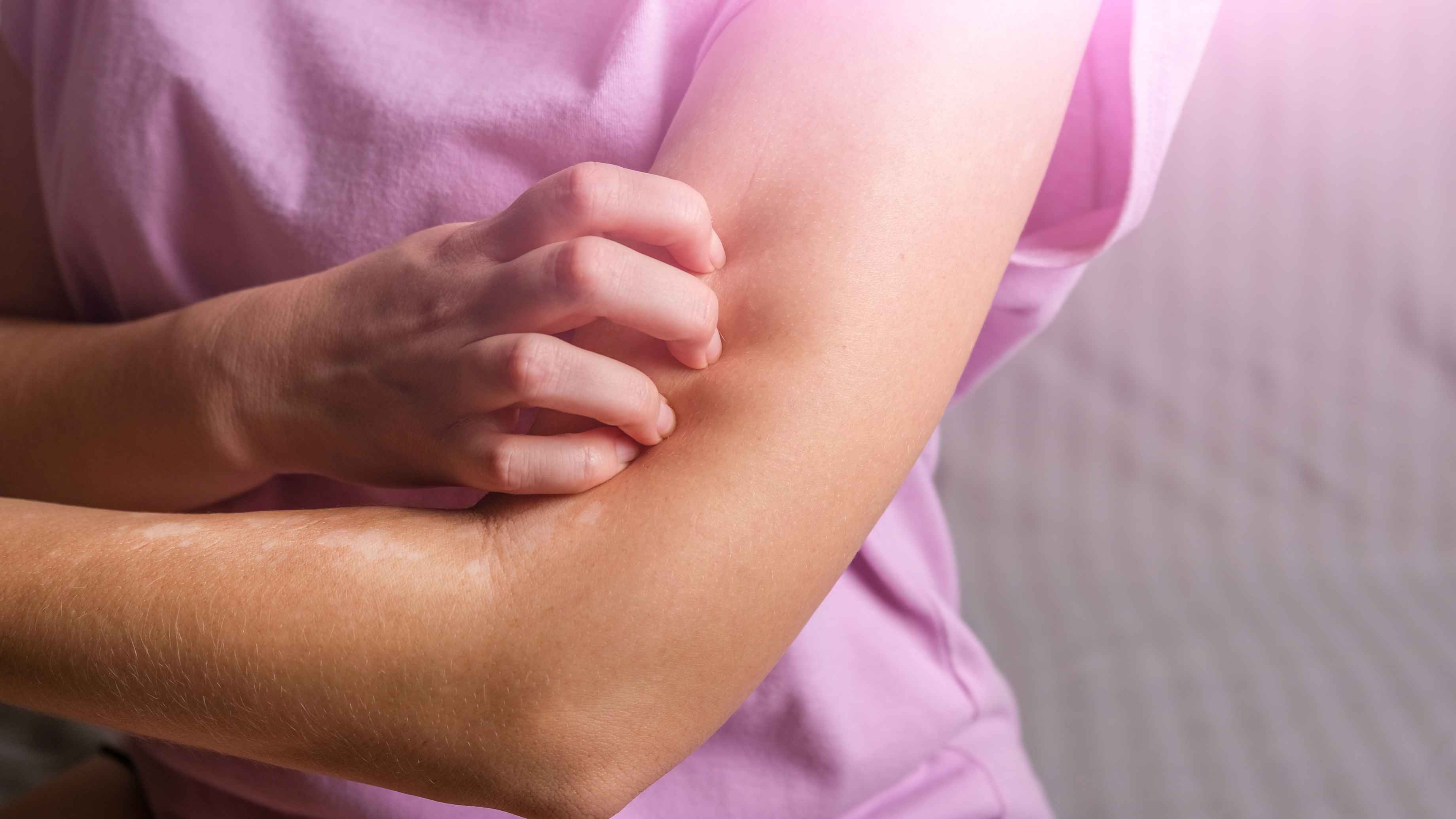
- Feet (Athlete’s Foot): Focus on tea tree oil and vinegar soaks, and always dry feet thoroughly.
- Groin/Underarms: Use loose cotton clothing and keep these areas dry post-application.
- Skin folds or under-bust: Aloe vera and neem rinses help soothe sensitive areas.
Cautions & Tips
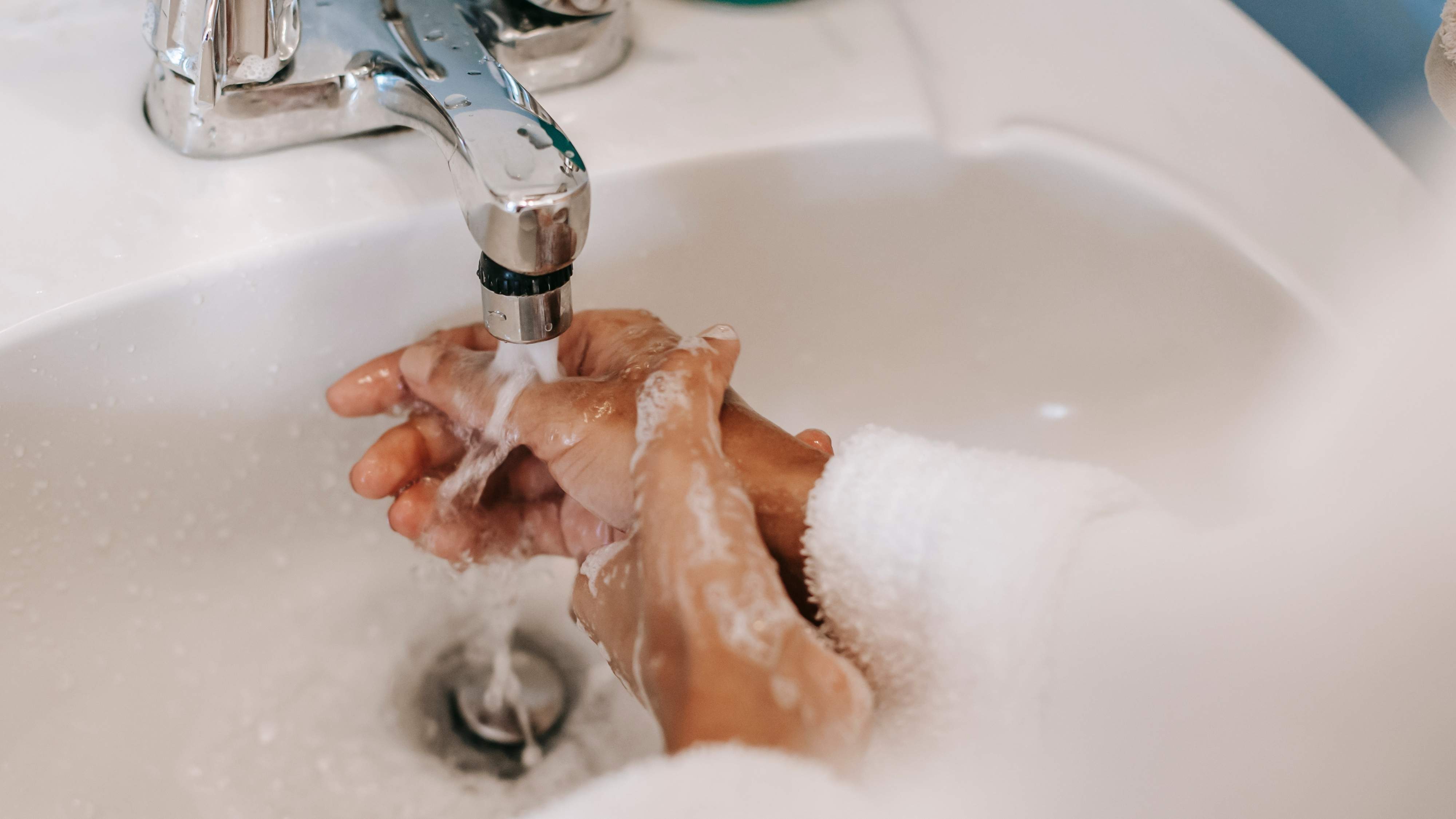
- Keep the area dry and clean: Moisture can worsen irritation and promote bacterial or fungal growth. Gently pat the area dry after washing.
- Avoid scratching: Scratching can break the skin, leading to infections and delayed healing.
- Wear loose-fitting, breathable clothing: Tight clothes can trap sweat and heat, aggravating the condition. Choose cotton or moisture-wicking fabrics.
- Wash affected areas with soap and water: Use mild, fragrance-free soap to prevent further irritation. Avoid harsh scrubs.
- Consider probiotics: Including probiotics in your diet may help balance skin and gut flora, potentially improving skin health.
How To Cure Fungal Infection On Skin Naturally At Home
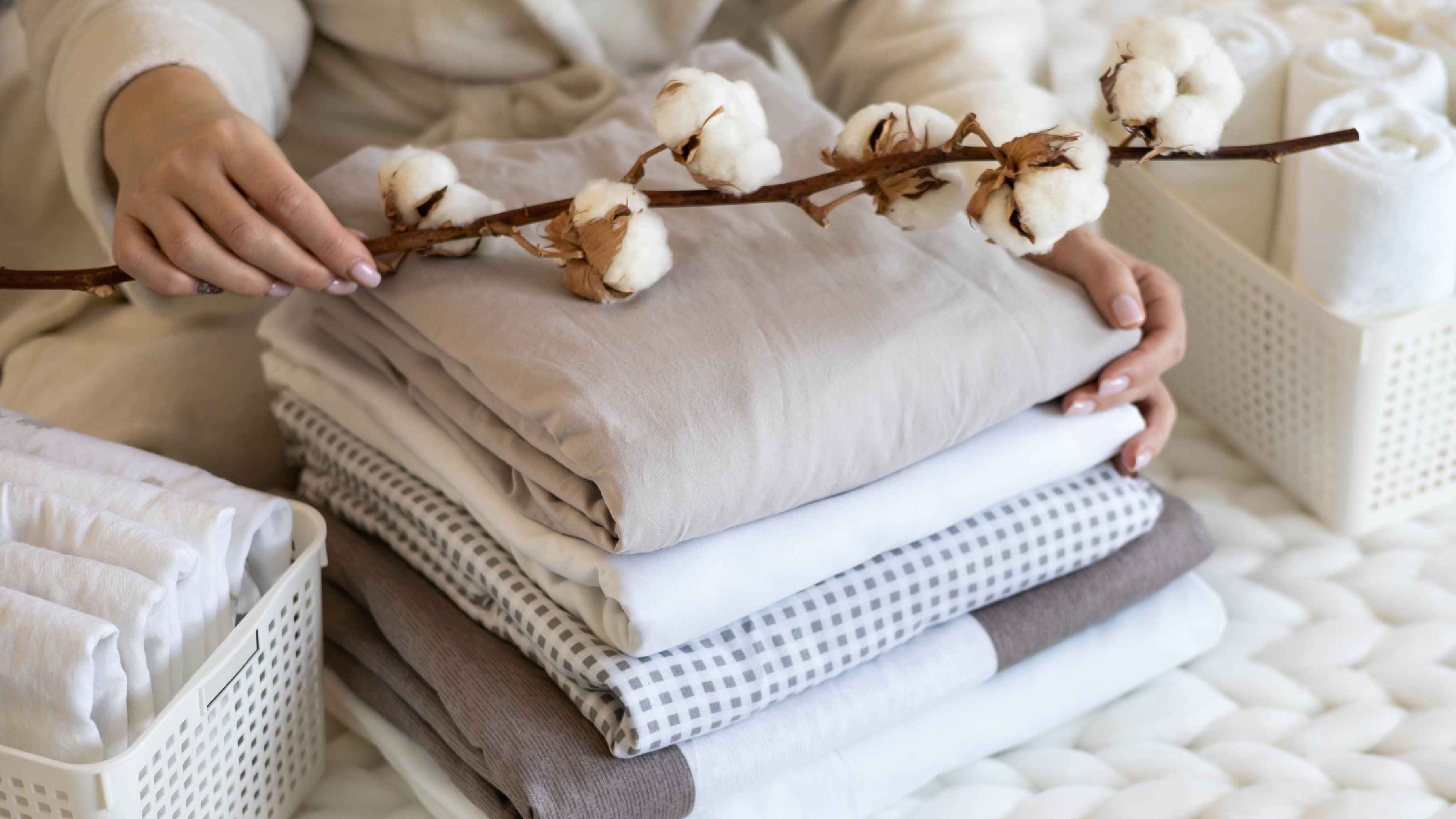
Lifestyle plays a huge role in prevention and recovery. Here’s what to keep in mind:
- Wear breathable fabrics : Like cotton or bamboo to reduce moisture buildup and irritation. These fabrics help your skin stay cool and dry.
- Shower daily — especially after sweating: Regular cleansing removes sweat, dirt, and potential fungal spores. Always rinse off after exercise or any activity that leaves you sweaty.
- Dry thoroughly after bathing: Moisture trapped in areas like between the toes, underarms, and skin folds creates a perfect environment for fungi. Pat these areas dry with a clean towel.
- Don’t share personal items: Towels, razors, and clothing can transfer fungi and bacteria. Keep personal hygiene truly personal.
- Change out of damp clothes quickly: Sitting in sweaty or wet clothes allows fungi to thrive. Always swap out workout gear, swimsuits, or wet socks as soon as possible.
- Launder bedsheets and pillowcases weekly: These can accumulate sweat, skin cells, and microbes. Clean bedding supports clearer, healthier skin.
When To See A Doctor

While home remedies can be super effective, it’s time to call in the pros if:
- The infection is spreading rapidly.
- There’s pus, oozing, or fever.
- You’ve tried remedies for over two weeks with no improvement.
- It keeps coming back.
Don’t worry—dermatologists can prescribe antifungal creams or oral meds to help things along. Dealing with fungal infections doesn’t have to be a long, embarrassing ordeal. With the right home remedies for fungal infection, lifestyle swaps, and a little patience, your skin will be back to its healthy, happy self in no time. Whether you're treating your feet, folds, or anywhere in between, going the natural route can be incredibly effective—plus, your skin will thank you for it.
FAQs
Q: Can I use more than one remedy at the same time?
It’s best to stick to one or two remedies to see how your skin reacts first. Too many ingredients at once can irritate.
Q: How long does it take for fungal infections to heal naturally?
Usually 1–2 weeks with consistent care, depending on severity.
Q: Are fungal infections contagious?
Yes, especially in communal spaces like gyms. Avoid sharing towels, shoes, and personal care tools.
Q: Can diet impact fungal infections?
Definitely. Sugar-heavy diets can feed yeast, so cutting back may help. Focus on immune-boosting foods like garlic, leafy greens, and turmeric.


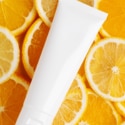





















 BePicks
BePicks


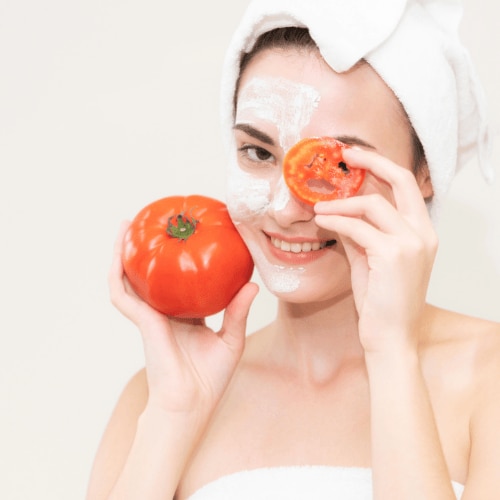



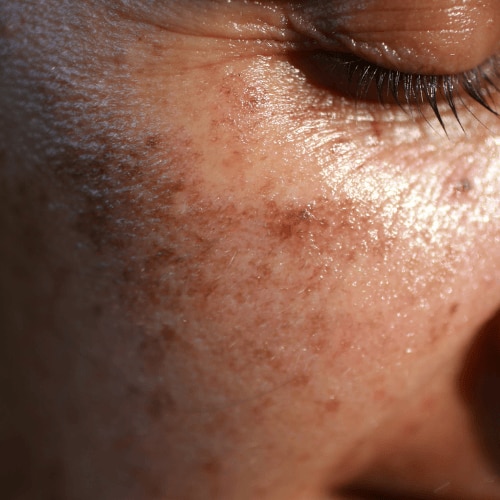

 Privacy Notice
Privacy Notice